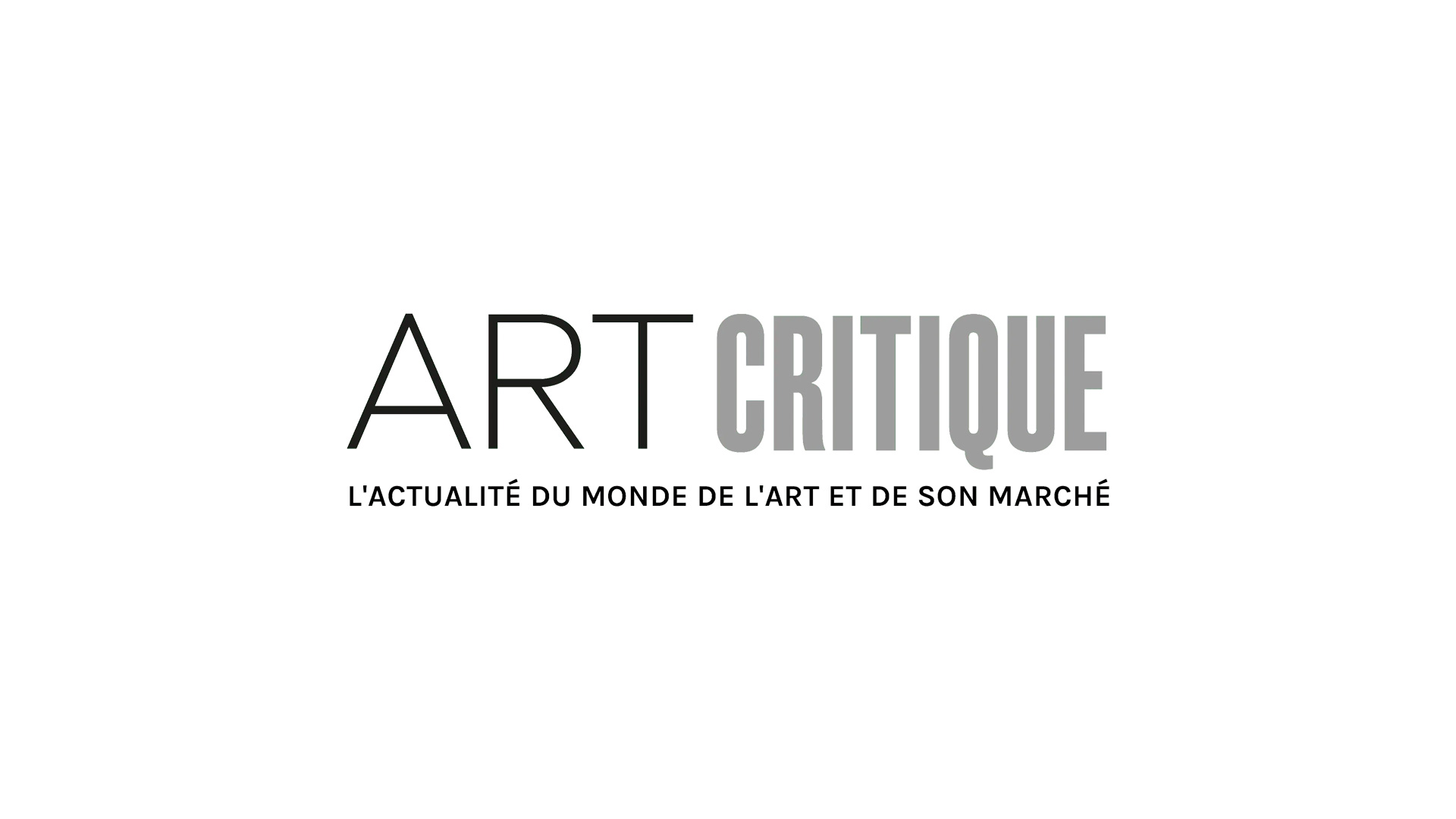Entering its final weeks is a unique exhibition of Hawaiian artworks. These works aren’t just any works, though, as they represent a significant group of women artists called The Seven and the women who set the stage for them. ‘Sisters of the Brush: Women Artists of Hawaii, 1880-2000’ at the Isaacs Art Center (IAC) thus explores Hawaiian art like you probably haven’t seen before through a lens that shows a different side to Hawaiian life and culture.
On until October 5th, the exhibition introduces, in some cases, and reacquainted, in other cases, visitors to and with the largest survey of artworks by women in the history of Hawaii. To do so, the IAC drew from its permanent collection, including some of its most recent acquisitions, and loans to celebrate the 90th anniversary of The Seven. ‘Sisters of the Brush’ boasts works by some of the founding members of The Seven, including Juliette May Fraser, Genevieve Springston Lynch, Madge Tennent, and Juanita Vitousek. Others, whose works were often exhibited alongside The Seven, like Marguerite Blasingame and Shirley Russell, are done so once again.
The Seven was founded by Tennent, beginning the two-year existence of an alliance of Honolulu-based women painters who first exhibited together in 1929. Many of the artists who were a part of the group dedicated their career to showing Hawaii and their life there. Their works breathtakingly showed a side to the island state, then just a US territory, that might be lesser known. The formation of The Seven was built upon the work of women who, as early as 1880, were ‘subtly challenging the monopoly set by their renowned male contemporaries,’ like D. Howard Hitchcock and Lionel Walden. These artists included Helen Whitney Kelley and Helen Thomas Dranga as well as those who were formally trained in Europe and on the mainland US before returning to work in Hawaii, like Blasingame, Fraser, and Cornelia MacIntyre Foley. These beginnings paved the way for more women artists, like Betty Fay Freeland, Yvonne Cheng, and Mayumi Oda, in the 20th century who have continued The Seven’s tradition of showing the Hawaiian Islands through their perspective.
Earlier this year, a study highlighted the continuation of issues of diversity amongst some of the US’s top institutions. It found that their collections severely lacked women and people of colour. Another recap of UK institutions found similar issues amidst galleries in the UK that severely favoured male artists to their female counterparts. Thus, the IAC’s exploration of the women who shaped Hawaiian history and art history is a refreshing, informative, and beautiful dialogue between art, women, and Hawaii’s culture.
‘Ultimately, [“Sisters of the Brush” is] about women,’ reads the press release, ‘about their relationship to artistic production as prescribed within the societal structures of “women artists,” and about their invaluable contributions to the trajectory of Hawaiian art — contributions unique among women cultural producers who have worked elsewhere in the world over the last two centuries.’
‘Sisters of the Brush: Women Artists of Hawaii, 1880-2000’ is on view at the Isaacs Art Center at the Hawai’i Preparatory Academy in Kamuela, Hawaii until October 5th.
Editor’s note: This article was updated on September 16th as the exhibition’s end date was extended two weeks due to its popularity.





